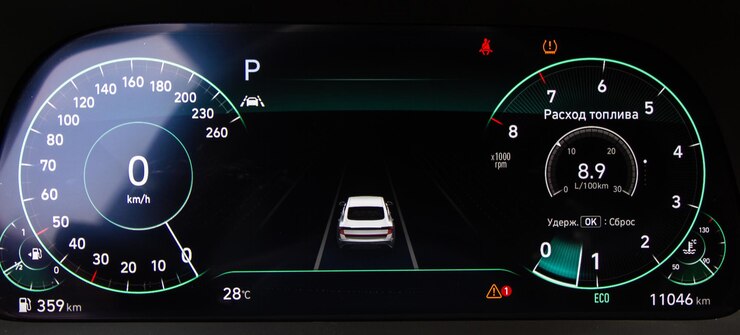Tire balancing is an essential aspect of vehicle maintenance that ensures a smooth and comfortable ride. When tires are balanced correctly, it minimizes vibrations, extends tire life, and improves overall handling and performance. However, there may be instances where you encounter issues with tire balancing that are indicated by warning lights on your vehicle’s dashboard. In this article, we will discuss the importance of tire balancing and provide troubleshooting tips for addressing any related warning lights.
Importance of Tire Balancing:
- Smooth Ride: Balanced tires eliminate vibrations, providing a smoother and more comfortable ride for both the driver and passengers. This ensures a more enjoyable driving experience, especially during long journeys.
- Tire Life Extension: When tires are properly balanced, they wear more evenly. This helps to extend their lifespan, saving you money on premature tire replacements. Unbalanced tires can wear unevenly, resulting in rapid tread wear and potential tire damage.
- Improved Handling and Safety: Balanced tires contribute to better vehicle handling, especially during cornering and at higher speeds. Proper balance ensures that the tires maintain optimal contact with the road, enhancing traction and reducing the risk of skidding or loss of control.
- Fuel Efficiency: Balanced tires reduce rolling resistance, which can improve fuel efficiency. When tires are balanced, the engine doesn’t have to work as hard to propel the vehicle forward, resulting in better fuel economy.
Troubleshooting Tire Balancing Warning Lights:
- Verify Tire Pressure: Tire balancing warning lights can sometimes be triggered by improper tire pressure. Ensure that all tires are inflated to the recommended pressure specified by the vehicle manufacturer. Use a tire pressure gauge to check the pressure and adjust as needed. If the pressure is significantly different among the tires, it can affect the balance.
- Check for Tire Damage: Inspect your tires for any signs of damage, such as bulges, cuts, or uneven wear. Damaged tires may not balance correctly, resulting in warning lights. If you identify any tire damage, it is important to replace the affected tire promptly.
- Clean Wheels and Hubs: Accumulated dirt, debris, or corrosion on the wheel rims or hubs can cause an imbalance. Clean the wheels thoroughly and ensure there are no foreign objects lodged between the wheel and the hub. This can help restore proper tire balance.
- Rotate and Rebalance Tires: Uneven tire wear or a change in tire position can affect balance. Consider rotating your tires according to the recommended pattern specified in the vehicle’s manual. Additionally, have the tires professionally balanced using a tire balancing machine to ensure accurate balancing.
- Seek Professional Assistance: If the warning lights persist or if you are unsure about the cause of the imbalance, it is advisable to seek professional assistance. Tire technicians have the necessary equipment and expertise to diagnose and resolve tire balancing issues effectively. They can perform a comprehensive evaluation, identify any underlying problems, and provide the appropriate solutions.
Regular tire balancing is crucial for maintaining vehicle performance, safety, and tire longevity. If you notice a tire balancing warning light on your dashboard, follow the troubleshooting tips provided in this article. By addressing tire balancing issues promptly, you can ensure a smooth ride, improve handling, extend tire life, and maximize fuel efficiency.











